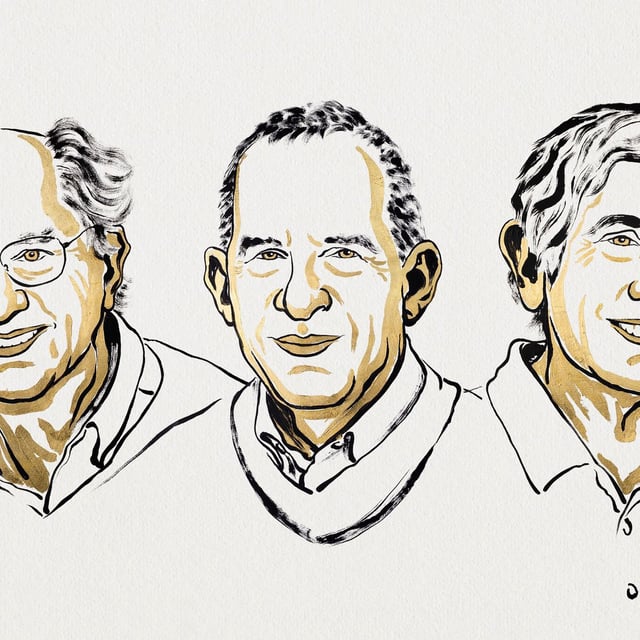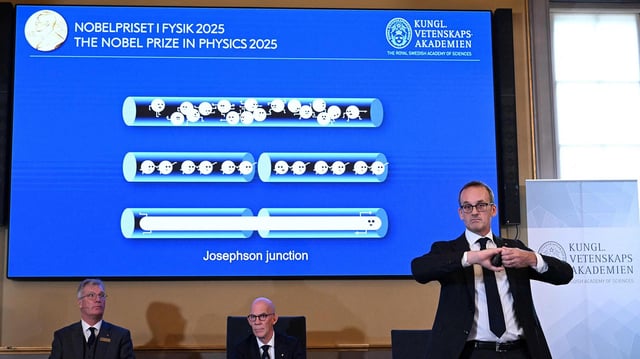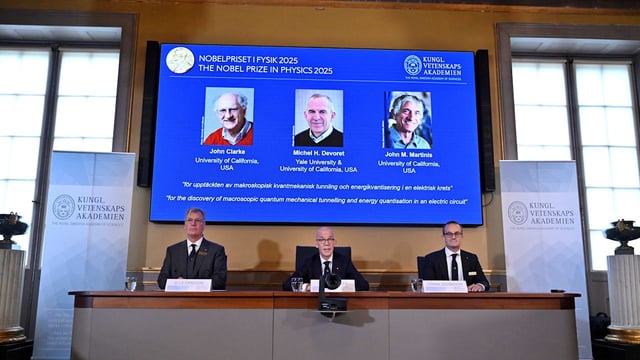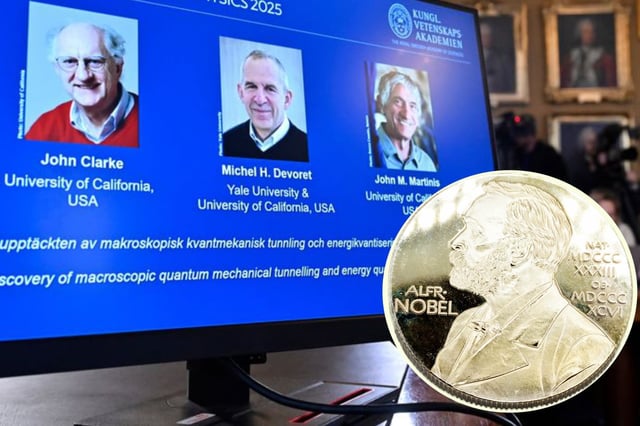Overview
- The Royal Swedish Academy of Sciences named the trio as laureates on October 7, with the 11 million SEK prize to be shared among them.
- In 1984–85 at UC Berkeley, they used a Josephson junction to show macroscopic tunnelling and discrete energy levels in a superconducting circuit.
- Their findings resolved a key question about the size limits of quantum phenomena and enabled designs now used for quantum computers, cryptography and sensing.
- Clarke is a UK‑born professor at UC Berkeley; Devoret holds appointments linked to Yale and earlier UC Santa Barbara; Martinis worked at UC Santa Barbara and led Google’s superconducting‑qubit push.
- Nobel officials emphasized the work’s significance within a century of quantum physics, and the formal ceremony is set for December 10 in Stockholm.



